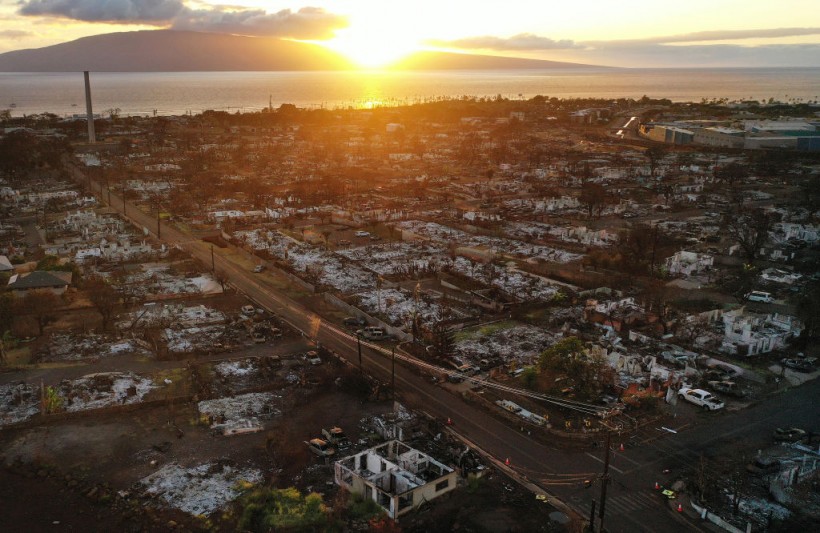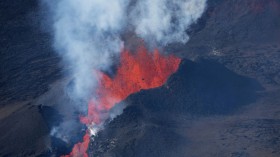
Climate change will render the Central US too hot with a 3°C rise in temperature.
Temperatures will rise by up to 3°C as a result of human-caused climate change, making the Central US potentially unbearably hot and for some areas uninhabitable.
Heatwaves and Uncompensable Heat Stress
Recent studies have raised the forewarning that if global temperatures rise by more than 3° Celsius or 37.4° Fahrenheit, a large portion of the Central US, which pans Florida to New York as well as Houston to Chicago, may become uninhabitable due to extremely high temperatures. In contrast to several other countries, the United States is predicted to have heat waves, but the heat won't likely go beyond the tolerable threshold for humans.
The most likely warming scenario, which would result in a 2.7-degree Celsius rise by the end of the century, was the intermediate one, which was considered in the study. According to Qinqin Kong of Purdue University, a co-author of the study, while highly populated locations, like Pakistan, may experience substantial heat stress, it is not projected that any location will grow uninhabitable at this level of warming.
3°C Rise in Temperature
At 3° Celsius of warming, large sections of the Indus Valley and coastal regions near the Persian Gulf and the Red Sea could face a season of more than two to three months of unbearable heat stress annually. In particular, Al Hudaydah, Yemen's second-largest city, may endure up to 160 days of extreme heat each year. These areas may become uninhabitable, necessitating significant lifestyle changes like constant air conditioning use.
As 3 degrees Celsius warming aligns with likely scenarios, such situations appear highly probable. Beyond a certain threshold, prolonged exposure to extreme heat can lead to serious health issues, including heat stroke and even heart attacks.
Human-Induced Climate Change
As climate change persists, the Earth will keep warming, potentially surpassing human tolerance. Agreements like the Paris Agreement seek to limit warming. Since the Industrial Revolution began, the Earth has warmed by approximately 1 degree Celsius (1.8 degrees Fahrenheit). Instances of extreme heat, like the 2021 Oregon heatwave that claimed over 700 lives, highlight the dangers. While models can predict such events, adaptation to rapidly rising temperatures seems increasingly unfeasible.
Also Read: Air Pollution Getting Worse as Oak Trees Release More Isoprene, Study Shows
Adaptations and Limits
Daniel Vecellio, a postdoctoral fellow at Penn State's Center for Healthy Aging and a postdoctoral scholar at George Mason University's Virginia Climate Center, stressed the impracticality of humans adapting to climate change through genetic evolution. Such adaptations require many generations, beyond the reach of our rapidly changing climate.
While some individuals in chronically hot regions like South Asia or the Middle East may develop limited biological heat resistance, there are inherent limits to this. Those in temperate regions won't experience such frequent extreme heat to build significant physiological defense. Vecellio emphasized that most adaptations will be technological, like air conditioning, or behavioral, such as altering work hours.
The increasing frequency of extreme heat events, particularly in the Middle East, with potentially fatal heat stress for months on end, underscores the urgency of these adaptations.
Related Article: Dead Zone From Plankton Bloom Off Coast Thailand Puts 260 Mussel Farms in Danger
© 2024 NatureWorldNews.com All rights reserved. Do not reproduce without permission.





